How do auctioneers know how to value an item?
If you possess a potentially valuable item that you’d like to sell at auction, how can you determine what the value might be? Visit an auctioneer, the experts in valuations of just about any type of antique, collectible or collection.
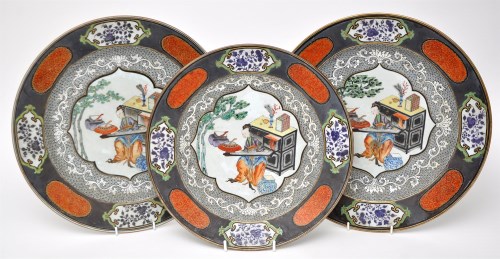
How does an auctioneer know?
There are many facets to becoming an expert auctioneer. The knowledge requires not only education but years of experience. It involves having seen thousands of different items, years of research, constant monitoring of the market, an eye for detail and excellent memory.
Here are some examples of how we value items for auction and the results we can achieve:
Jewellery
There are so many aspects to consider when it comes to valuing jewellery. First of all, is it real? Only the trained eye can decipher real opals from synthetic ones – we study the texture on the surface. We possess diamond testing tools, scales to weigh silver rings, and a whole host of tricks for assessing jewellery’s value. You probably won’t see us biting pearls, but sometimes it has to be done.
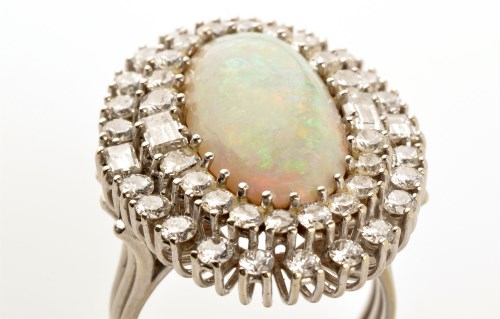
An opal and diamond cluster ring, the central oval opal measuring 21 x 11mm, claw set surrounded by two rows of tapering baguette and brilliant cut diamond in white metal cage mount, on fluted shank stamped '585', ring size T.
Sold for £1,500.
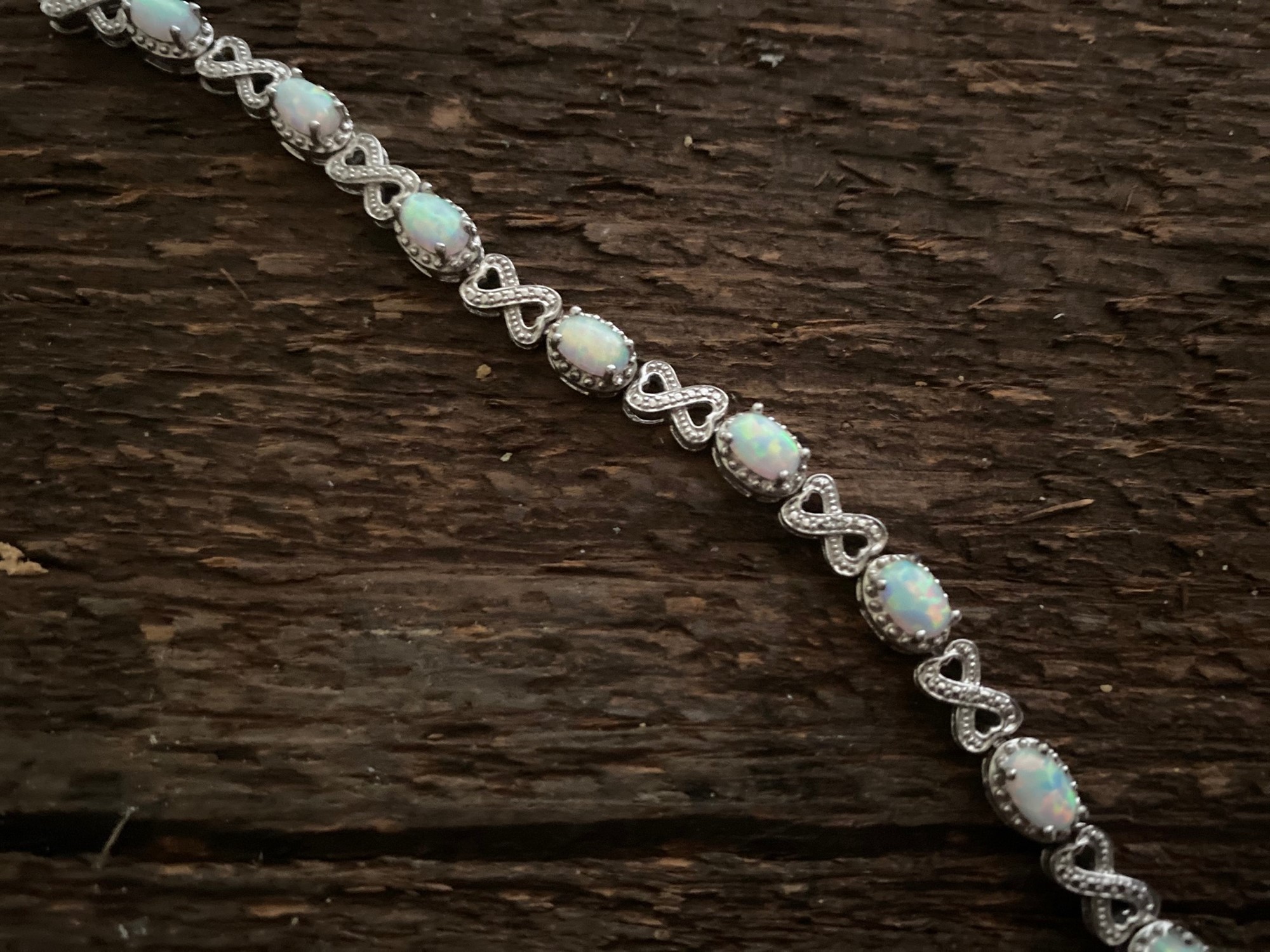
Synthethetic opals.
Furniture and home décor
The value of furniture is highly dependent on market demand. And how can you measure market demand? By witnessing it first-hand regularly. Many auction houses in the North East primarily hold specialist sales, but we have always ensured that we thoroughly understand the market by also hosting general Town and County auctions on a bi-weekly basis. Hundreds of items go under the hammer in these auctions, allowing our auctioneers to gain a great understanding of the value of all sorts of items. Furniture and home décor are the most common types of items in these sales.
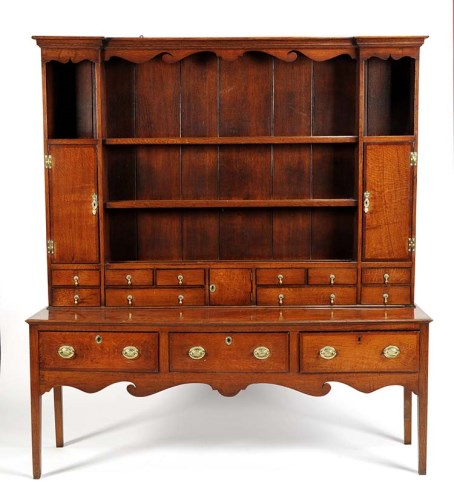
A Georgian mahogany and walnut crossbanded dresser, the delft rack with cut cresting rail, three shelves flanked by tall cupboards fitted a flight of short drawers, the base with three crossbanded oak drawers and cut shaped apron, raised on square tapered legs, 72 x 19 1/2 x 79in. in high.
Sold for £1,900.
Our auctioneers can easily identify whether your dresser is walnut or oak. We know the significance of hundreds of brands, markings, styles, shapes, artists, carpenters, designers, finishings and more. Browse our auction archives to see the thousands of pieces of furniture and décor we have sold for our satisfied vendors.
Artwork
Is that Picasso a fake? Is that print worth anything? How old is this painting? We can advise. A handful of our auctioneers specifically specialise in the identification of works of art from artists around the world. We recognise signatures that are unreadable, we’ve sold art by thousands of artists and we can verify the origin and value of just about any type of art.

After Pablo Picasso - "Seated portrait of Dora Maar, 1939", limited edition, colour gouttelett print, numbered 6/50, published by Chelsea Green Editions and Felix Rosentiel Ltd. 2008, 58 x 48cms, unframed.
Sold for £190.
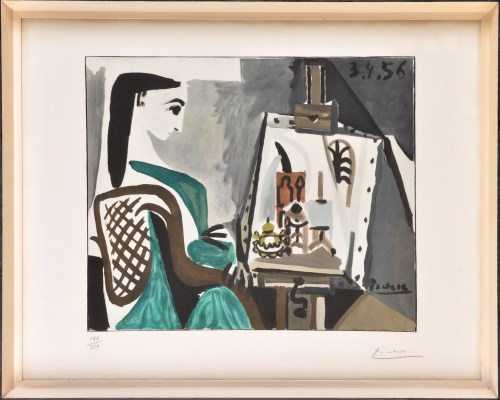
Pablo Picasso ''FEMME DANS L'ATALIER'' signed and dated 3.4.56 on the plate, proof signed in pencil in the margin and numbered 187/350 and bearing The Stone Gallery blindstamp colour lithograph 47 x 57cms; 8 1/2 x 22 1/2in. (image size). PROVENANCE Purchased The Stone Gallery, Brunswick Place, Newcastle upon Tyne, November 1958.
Sold for £6,600.
Anderson and Garland have been the leading auction house in Newcastle since 1840, and the small yet diverse team of auctioneers are experts in a wide variety of subjects and specialities.
We have a very low staff turnover, which means that we have auctioneers who have been with us since the early beginning of their career. John Anderson has been at the auction house for 42 years!
These are just some examples of the types of valuations for auction we can offer. Our auction house specialises in a wide range of items including everything from antiquarian books to comic books, wine and whisky, musical instruments, medals and coins and much more. Browse our auction departments to learn more.
Fill out an online valuation form to request a valuation of your antiques, collectables or collection, or ring us on 0191 430 3000 to arrange an appointment at our Newcastle auction house.